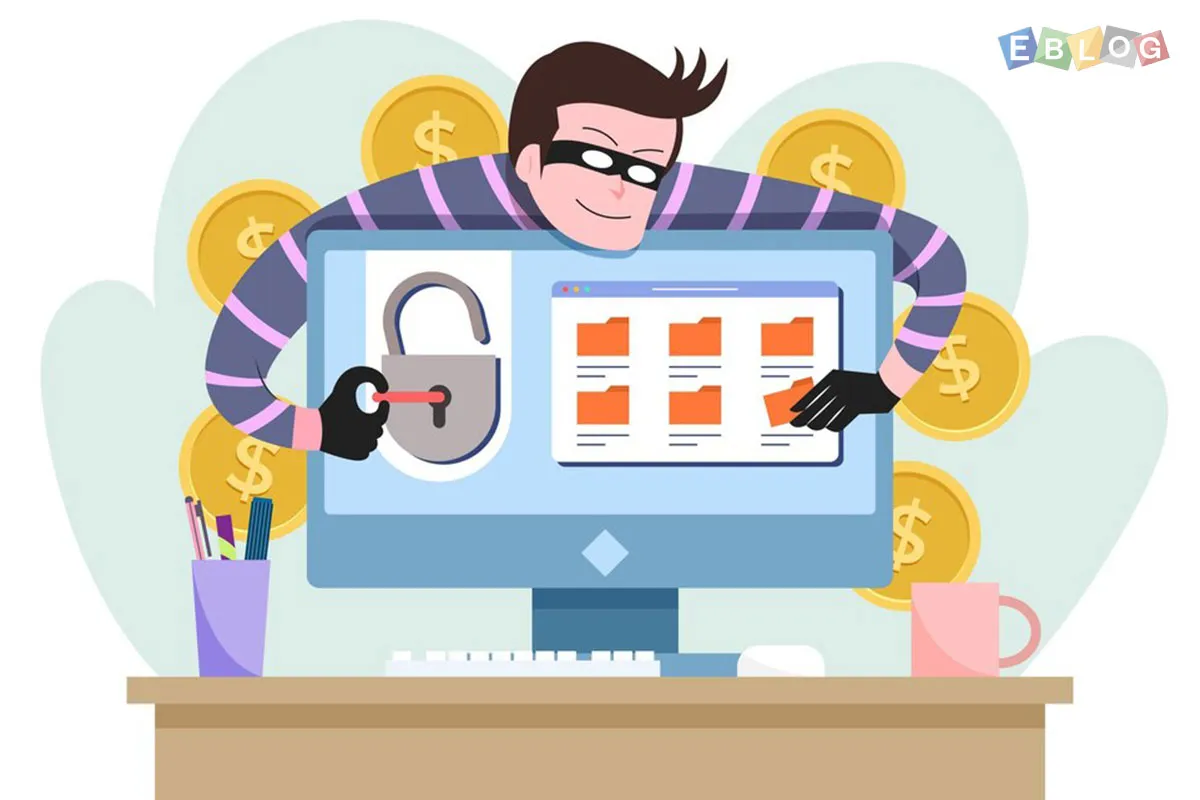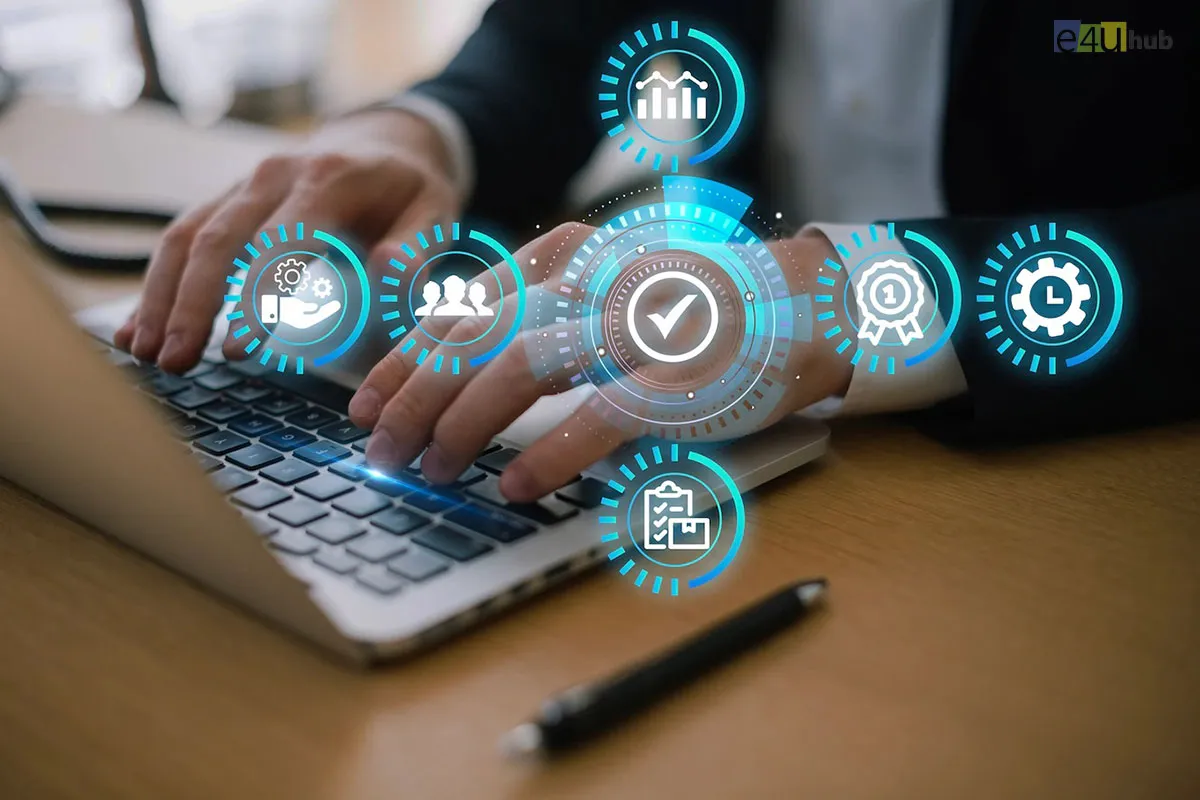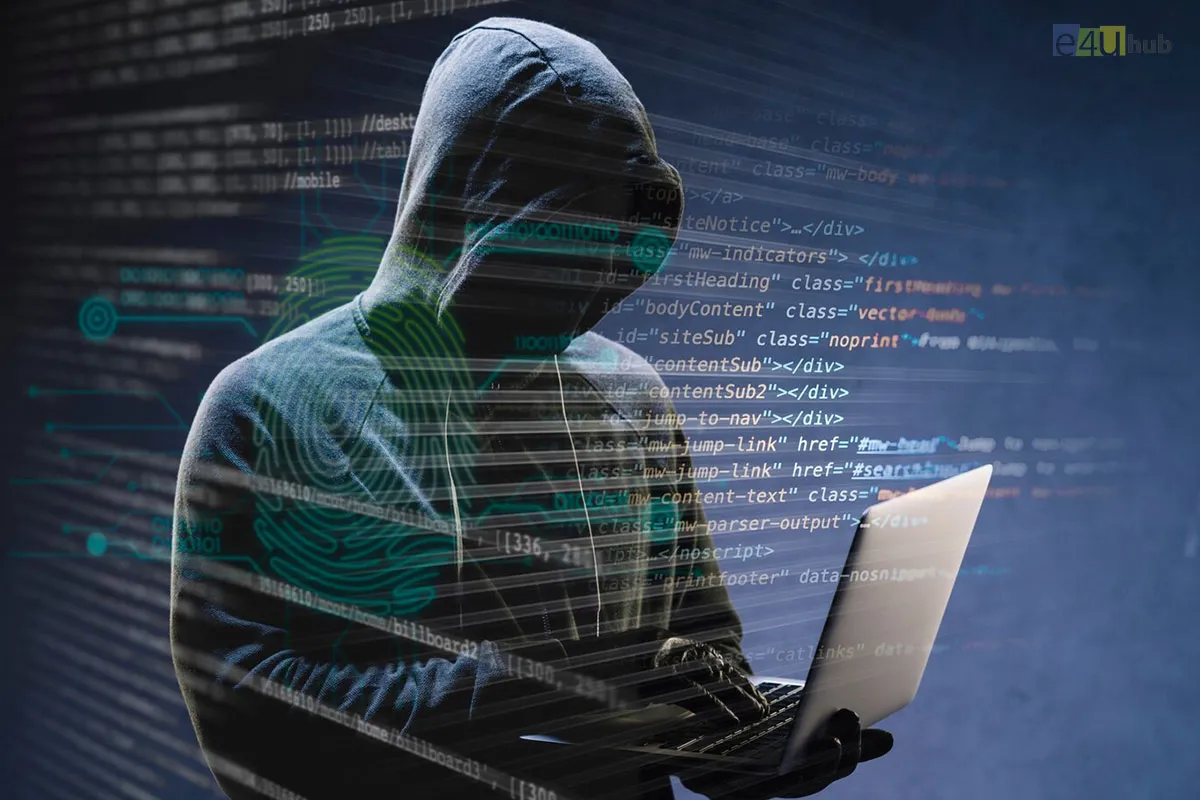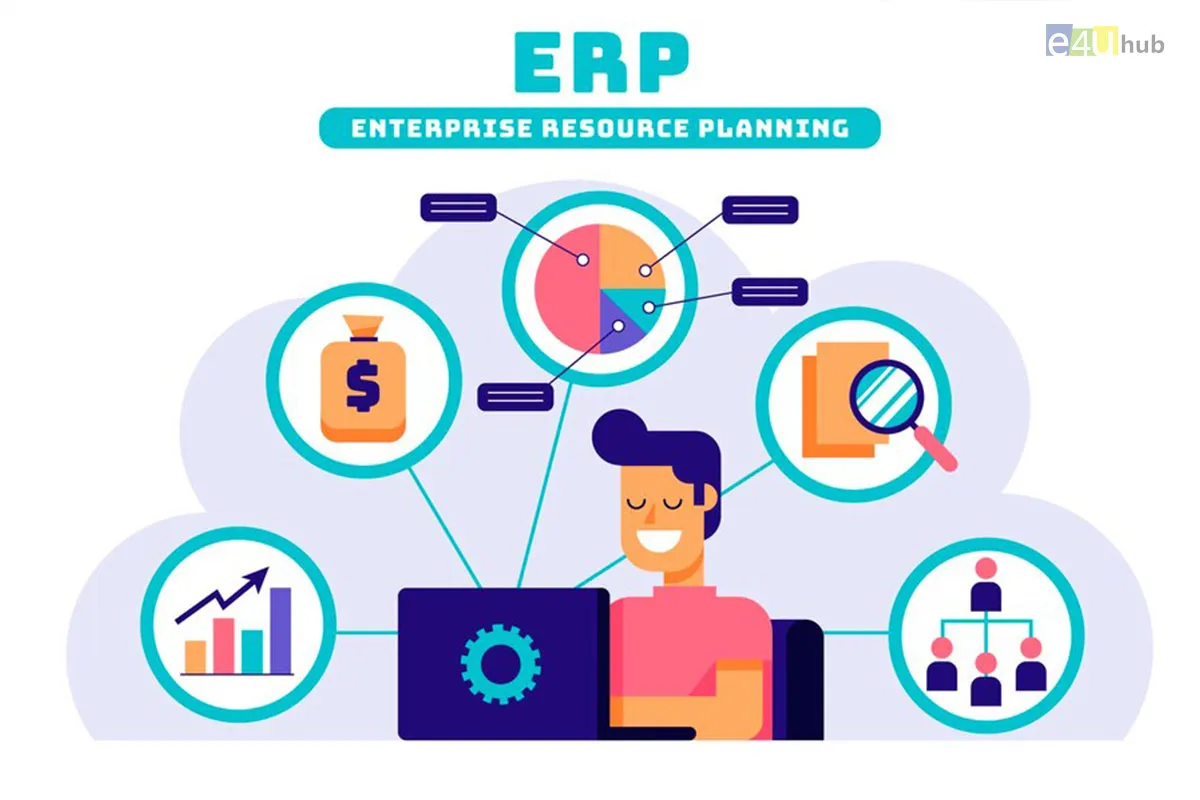
Easy Ways to Keep Your Online Accounts Safe
- 13 Nov, 2024
- Tech
- 505 Views
- 0 Comments
In today’s digital world, where almost every aspect of our lives is online—from banking and shopping to socializing and working—keeping your online accounts secure is more important than ever. Cyber threats like hacking, phishing, and data breaches are increasingly common, and just one compromised account can lead to identity theft, financial loss, and privacy breaches.
While no system can be 100% secure, there are simple yet highly effective steps you can take to significantly reduce the risk of your online accounts being hacked. Below are some easy ways to keep your online accounts safe and your personal information secure.
1. Use Strong, Unique Passwords
One of the easiest ways to protect your online accounts is by using strong, unique passwords. Avoid using the same password across multiple sites, and steer clear of easily guessable options like "123456" or "password." A strong password should be complex, long, and contain a mix of upper- and lowercase letters, numbers, and special characters.
What to Do:
a. Create Strong Passwords: A strong password should be at least 12-16 characters long and include a combination of letters, numbers, and symbols. For example, "L!9v@xKz#7W$"
b. Avoid Common Phrases: Stay away from using your name, birthday, or anything easily associated with you.
c. Use a Password Manager: A password manager can help you securely store and generate strong, unique passwords for each account. This way, you don't have to remember them all yourself.
2. Enable Two-Factor Authentication (2FA)
Two-factor authentication (2FA) adds an extra layer of security to your online accounts. Even if someone obtains your password, they would still need the second factor (often a code sent to your phone) to access your account. This makes it much harder for unauthorized users to gain access.
What to Do:
a. Activate 2FA: Most major websites and services (like Google, Facebook, and banking apps) offer two-factor authentication. Go to your account settings and enable it for extra protection.
b. Use an Authenticator App: While 2FA via SMS is common, using an authenticator app (like Google Authenticator or Authy) is often more secure, as it generates codes offline and is less susceptible to being intercepted.
3. Be Cautious with Phishing Scams
Phishing is a common tactic cybercriminals use to trick you into revealing your personal information, such as passwords, social security numbers, or credit card details. Phishing can come in the form of emails, texts, or even fake websites that look like legitimate ones.
What to Do:
a. Verify Links and Email Addresses: Always double-check the sender's email address and the URL of the website. Legitimate companies will never ask for sensitive information via email or text.
b. Don’t Click on Suspicious Links: Avoid clicking on links or downloading attachments from unknown or suspicious sources. Instead, visit the website directly by typing the address into your browser.
c. Enable Email Filters: Most email services (Gmail, Yahoo, Outlook, etc.) have spam filters that can automatically block phishing emails. Make sure these are turned on.
4. Monitor Your Accounts Regularly
One of the best ways to catch any suspicious activity early is by monitoring your accounts regularly. Keeping an eye on your bank statements, credit cards, and online accounts for unusual activity can help you spot potential security breaches before they escalate.
What to Do:
a. Set Up Account Alerts: Many banks and online services offer account activity alerts. Set up notifications for logins, password changes, and transactions to monitor your accounts in real time.
b. Review Account Statements: Regularly check your bank statements, credit card bills, and online transaction history. Look for any unfamiliar purchases or account changes and report them immediately.
5. Update Your Software and Apps
Cybercriminals often exploit weaknesses in outdated software and apps to gain access to accounts and personal data. Keeping your devices, browsers, and apps up to date is one of the easiest ways to protect yourself from known vulnerabilities.
What to Do:
a. Enable Automatic Updates: Turn on automatic updates for your operating system, apps, and browsers so that you’re always using the latest, most secure versions.
Update Security Software: Ensure your antivirus and anti-malware software are up to date and running regularly to protect against potential threats.
6. Be Mindful of Public Wi-Fi
Public Wi-Fi networks, like those in coffee shops, airports, or hotels, are convenient but can be insecure. Hackers can use these networks to intercept your data and gain access to your accounts, especially if you're using sensitive apps like online banking.
What to Do:
a. Use a VPN (Virtual Private Network): A VPN encrypts your internet connection and protects your data when you're connected to public Wi-Fi. It makes it much harder for hackers to eavesdrop on your activities.
b. Avoid Using Public Wi-Fi for Sensitive Transactions: If possible, avoid logging into important accounts, such as online banking, or making purchases while connected to public Wi-Fi.
7. Log Out of Accounts When Done
It might seem simple, but logging out of your accounts after using them can help protect your data. Leaving accounts logged in on shared devices or public computers increases the risk of unauthorized access.
What to Do:
a. Log Out on Shared Devices: Always log out of your accounts when using a public or shared device, especially for sensitive services like email, banking, or social media.
Enable Auto-Logout Features: Many websites and apps offer automatic logout options for added security. Enabling this feature will log you out after a period of inactivity.
8. Don’t Share Too Much Personal Information
Sharing too much personal information online can put your accounts and your identity at risk. While social media is a great way to stay connected, it’s also a place where hackers can gather data about you.
What to Do:
a. Limit Personal Info on Social Media: Avoid posting sensitive details like your full address, phone number, or personal identification numbers (PINs) on social media platforms.
b. Be Cautious with Security Questions: Choose security questions with answers that are not easily guessed or found on your social media profiles. Instead of using your mother's maiden name, consider making up a fictional answer to avoid easy identification.
9. Use a Secure Password Recovery Process
If you forget your password, a secure recovery process can help you regain access without compromising your account. Many services ask for secondary verification methods, such as an email address, text message, or security questions.
What to Do:
a. Choose Secure Recovery Options: Set up alternative contact methods (such as a secondary email or phone number) to help recover your account. Avoid using easily accessible information for security questions.
b. Keep Your Recovery Info Up to Date: Make sure your recovery information, like backup email addresses and phone numbers, is accurate and current so you can regain access quickly if necessary.
10. Back Up Important Data
Backing up your important data regularly ensures that even if your account is compromised, you don’t lose valuable information. You can back up data to an external drive, cloud service, or both.
What to Do:
a. Use Cloud Backups: Services like Google Drive, iCloud, or Dropbox offer secure cloud storage to back up important documents, photos, and files.
b. Create Regular Backups: Set a reminder to back up your data periodically, especially for important documents and personal files.
11. Conclusion
With the increasing number of online threats, taking the necessary steps to secure your online accounts is crucial for protecting your personal information and digital life. By following these simple tips—using strong passwords, enabling two-factor authentication, staying vigilant about phishing, and regularly updating your software—you can significantly reduce the chances of your accounts being compromised. Remember, a little extra effort can go a long way in keeping your online accounts safe and your data secure.















Leave a Reply